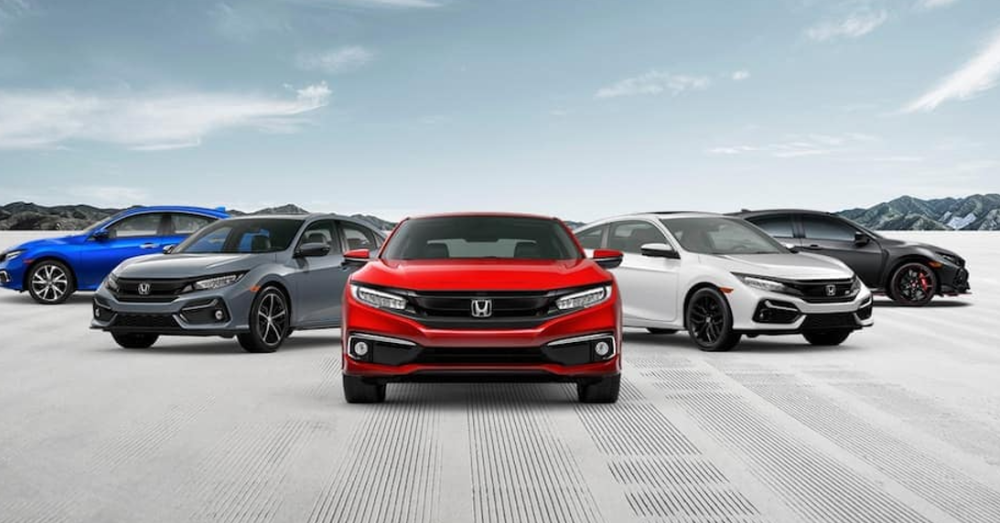For those that aren’t in the know, the automotive market is suffering quite a bit behind the scenes because of the multi-year pandemic. A big problem for the industry has been microchip shortages that started in 2020 and have continued to the present.
So how did the microchip shortage start, what does it mean for carmakers and new and used car buyers right now, and what does the future of the automotive industry look like?
How the Shortage Started
The beginning of the pandemic included lockdowns all across the world in an attempt to reduce the spread of COVID-19. This also meant lockdowns for microchip manufacturers and automakers. Luckily for all involved, the lockdown time meant new vehicles weren’t a top priority.
Unfortunately, as life readjusted and the lockdown ended, a backlog of work occurred for microchip production. In addition, new needs were introduced – more microchips were needed to facilitate the transition to working and getting an education from home.
So even though automakers were getting new orders, they weren’t receiving priority for microchips and couldn’t produce as many or as sophisticated vehicles as the world’s demand required.
Even now, microchip manufacturers – and by extension, the automotive industry – are having trouble catching up while also dealing with the return to pre-pandemic production demands. This has resulted in changes to the new and used car market.
The Current Impact on the Automotive Market
The microchip shortage began in 2020, but two years later, the automotive industry is still struggling because of it. Reports show that, by the end of 2022, nearly 7 million fewer cars will be produced despite high demand.
Because of this, the value of both new and used cars currently on the market has increased dramatically. Fewer new cars are being produced, and they have fewer features to conserve microchips, making what goes out to consumers more valuable.
Because of the lack of product in lots, car dealerships are paying top dollar for trade-ins, and car owners are holding onto their vehicles for longer instead of shopping around. This has created an increased value for used cars, as well.
The current automotive market is short on vehicles and high on value, but this may not be bad.
The Upside for Used Car Owners
Experts in the industry predict the shortage issues can last through 2023, with the actual recovery process extending through 2025. That means limited production, new cars with fewer features, and skyrocketing prices will be the norm for a while longer.
While this can seem daunting, it’s actually a good opportunity. The value of used cars in the current market makes an environment ripe for turning a profit on older vehicles. If you’ve got a car you no longer need, selling or trading it in at a dealership can earn you more than you’d expect.
This can offset the price of a new vehicle or help you make some much-needed money in the current market. So whether you’re a seller or a buyer, keeping an eye on the changes in the automotive market is a must.
This post may contain affiliate links. Meaning a commission is given should you decide to make a purchase through these links, at no cost to you. All products shown are researched and tested to give an accurate review for you.

